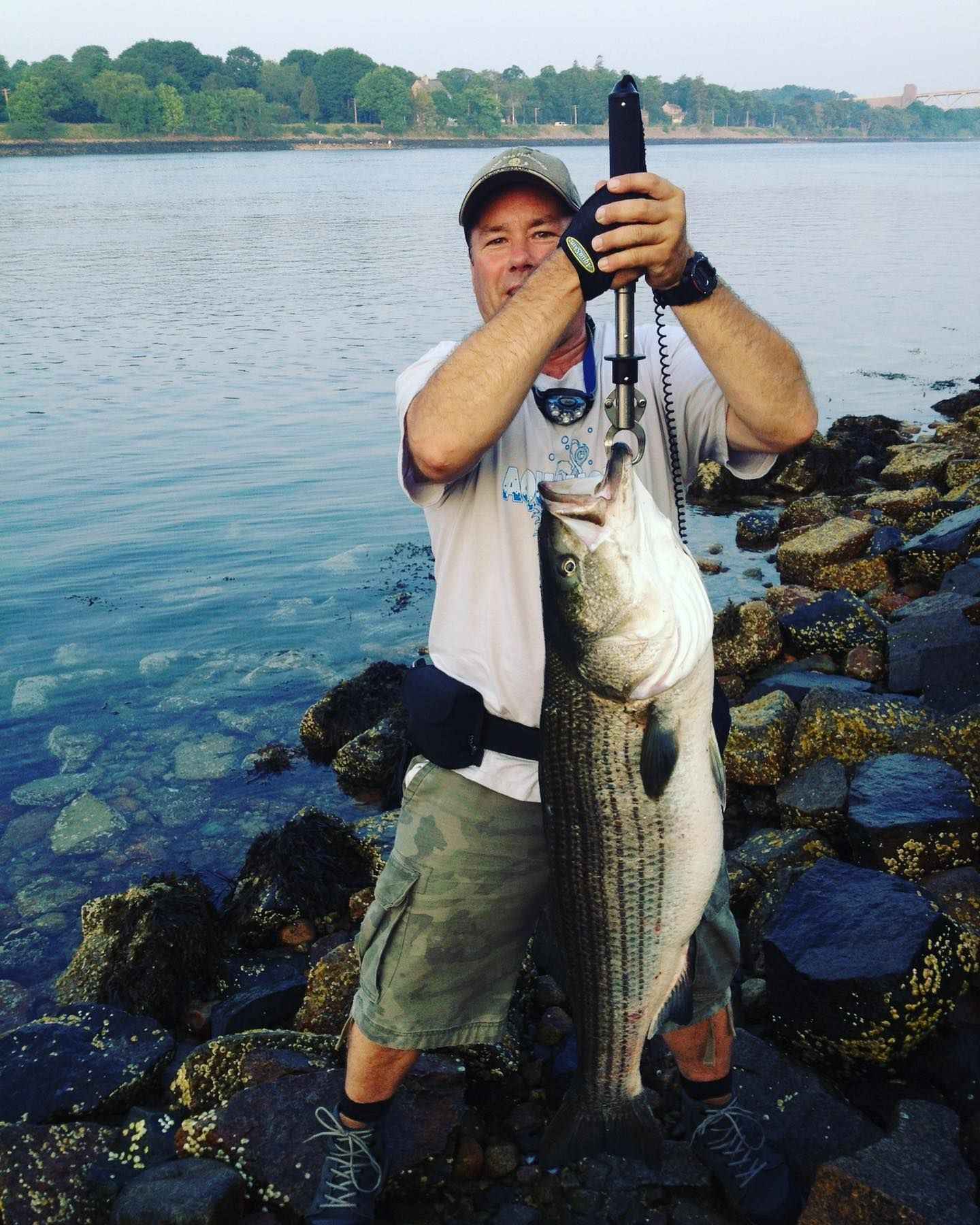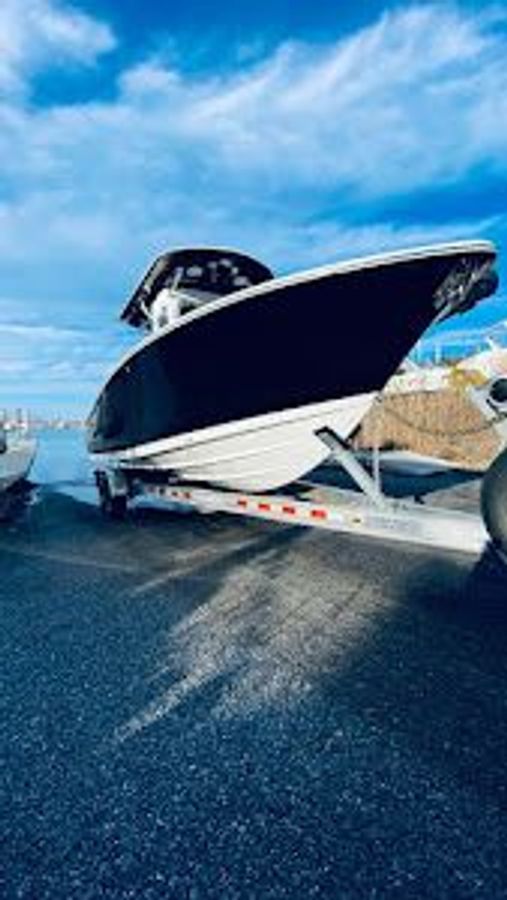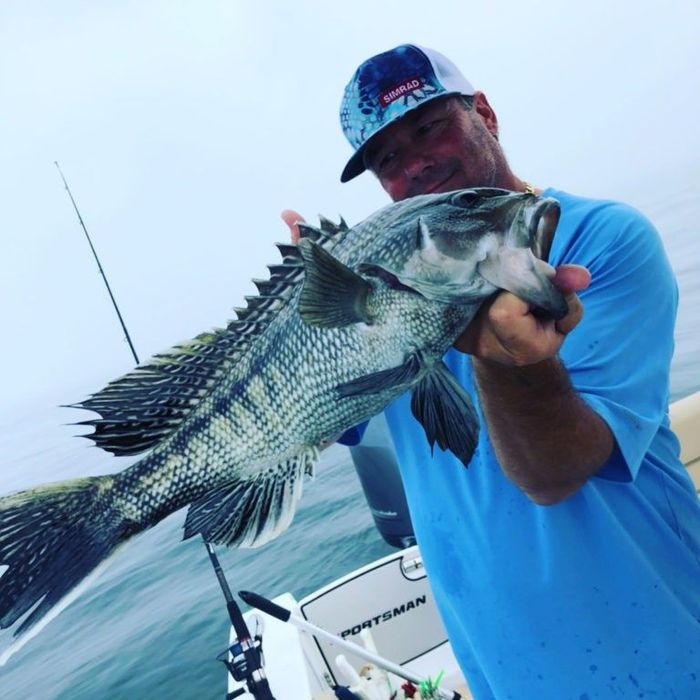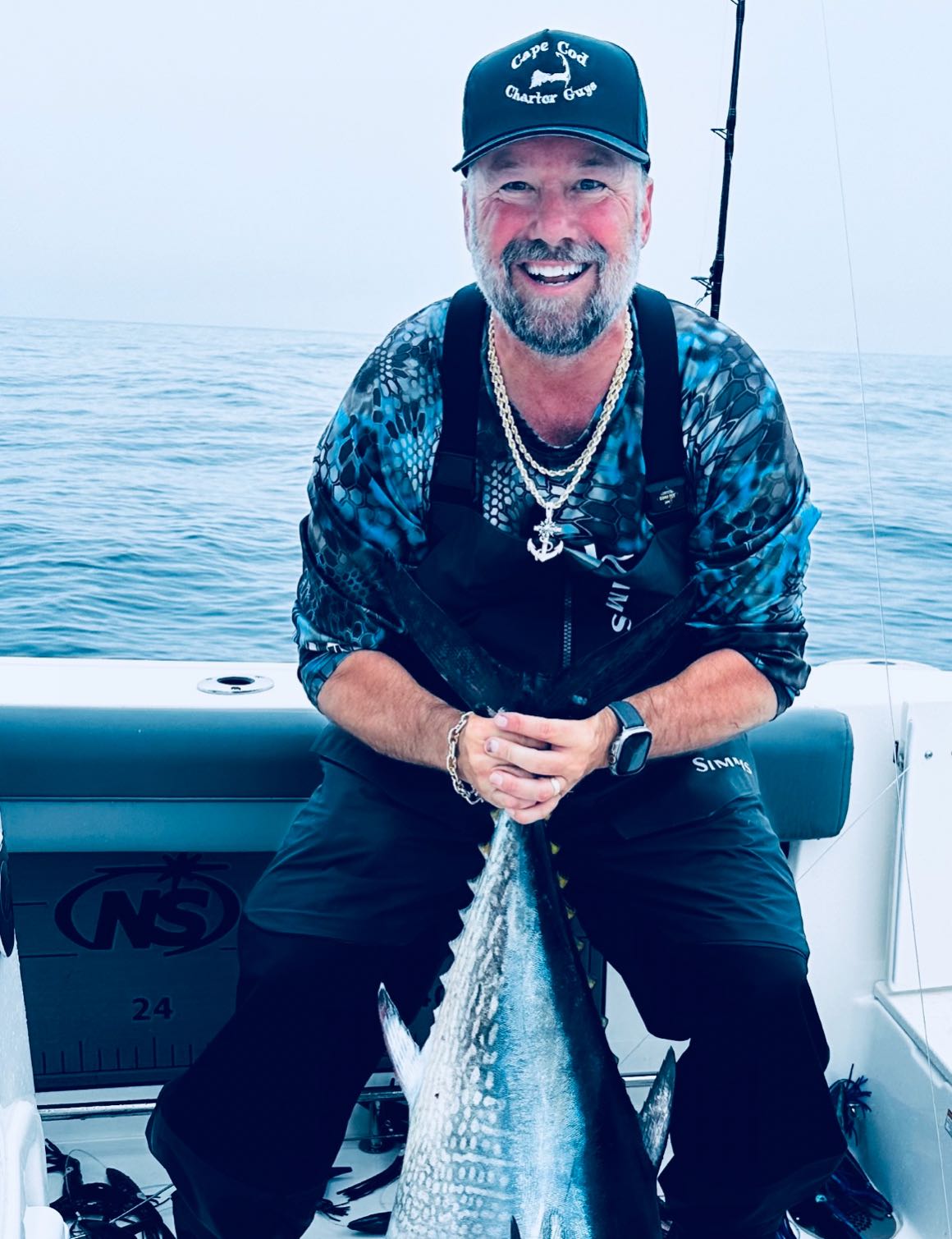How Tides Affect Fishing in Cape Cod
Fishing on Cape Cod can be exciting but challenging. Cape Cod Charter Guys will ensure the safest way to enjoy fishing the Cape Cod tides.

A guide to fishing the tides by Capt. Ross Walkinshaw of Cape Cod Charter Guys

A lot of variables can affect your fishing success, and they can change daily. You may not have any control over many of them, but when fishing, it’s always better never to leave your success to chance and to always come prepared.
As a Master Captain of Cape Cod Charter Guys, one of the ways in which I prepare is to consult a tide chart. Checking at least a day before allows me to get a quick preview of the waters I’m fishing in, letting me know what time guarantees the best success and where.
You may be asking — are tides that important to fishing? If you have plenty of experience fishing in a specific place in all sorts of weather conditions, isn’t that enough to go by? I’m not the type to coast on my years of experience, so my mindset is always, “If you fail to plan, you’re planning to fail.” This has always served me well — whether I’m fishing for leisure or taking clients out on my charter boat.

What are Tides?
Before we answer this question, let’s define our terms first. What are tides? Tides are essentially waves — long-period ones that come from the oceans. They are strongly affected by the moon’s gravitational pull or tidal force. As these waves make their way towards the coast, they will appear as the movement or rise and fall on the surface of the water. The movement towards the shore or any location at the highest crest is the high tide. The lowest part of the wave, the low tide, is when the tide, in a sense, moves back to the ocean. The height difference between the two tides is called the tidal range.
The rise and fall of the tide are paired with a horizontal movement that we call tidal current. The incoming tide that moves into the estuaries or bays is a flood current, the outgoing one is the ebb current. The strongest currents happen before a high or a low tide. The in-between is often called the slack current.
How Do Tides Affect Fishing?

The long and short of it is that tides cause water to move. And with the movement of the water comes the movement of the fish. When there’s an increase in currents, fish become more active and more likely to go for food. This means they’re easier to catch because they’re looking to bite. Movement in the water causes many marine organisms, such as crustaceans and baitfish, to move around as well. For many game fish or larger fish like striped bass, this means their food or bait fish is on the move, and therefore they should move as well.
Tidal Variations in Cape Cod
Cape Cod, as a region, is known for its wide range of tidal variations. This makes it an exciting place to fish. Why? That’s because there’s no one set rule about which tidal condition is the best fishing condition. A rising tide or a receding tide means movement in the water and, therefore, a rise in fish activity. With plenty of options to choose from in one place, you can have a variety of fishing experiences all in one place.
Incoming or Outgoing Tide

Generally speaking, fishing can be good as long as there’s movement in the water.
For some, the outgoing tide or ebb current is the ideal current to fish. The dropping tide moves water and bait along with it, to gamefish just lurking around nearby. When game fish such as striped bass, sea bass, and bluefish are on their migration path during fall, they’re looking to fill up their reserves and are eager for food, so the dropping of the tide is a sort of signal to them to follow their food. The same is true for flounder. This fish species will hide in strategic spots to wait for the outgoing tide to bring them their food. It's important to note that during an outgoing tide, fish follow the current towards deeper waters.

However, fishing in incoming tide can be rewarding in certain conditions as well, especially if you're fishing in the shallows. For example, striped bass know that food is best found inside estuaries during summer. But these game fish are smart, and so they don’t dare head out in daylight when there’s a lack of cover and plenty of boat activity. So, catching on to this, what many anglers do is get to an estuary before sunrise — say, around 3 am, and fish until daybreak as the tide rises. This often guarantees excellent bass fishing during an incoming tide.
Slack current
Slack current or slack water occurs between flood and ebb currents and is generally weak compared to the two current movements. That’s why it’s often associated with diminished action. But as they say, there’s always an exception to the rule. And in this instance, the exception is Cape Cod Canal.

Fishing in Cape Cod Canal’s Tides
Cape Cod Canal has some of the strongest tides in the region because of the difference in the water table levels between Cape Cod Bay and Buzzard’s Bay, two water bodies that the canal artificially connects. In the canal, what anglers usually do is fish on the side of the slack current or even through it.
What many anglers fishing the slack in the canal do is bottom fish with chunk bait, particularly menhaden or bunker and mackerel, which are the most popular bait fish in Cape Cod. Most of them just leave the bait on the bottom during the slack condition because there’s no movement, hence no danger of getting your bait entangled or snagged into weeds or rocks. For tackle, many anglers use spinning reels which are best employed for both plugging and jigging.
A much-awaited phenomenon for striped bass anglers is the “breaking tides” (slack current that occurs before or during dawn) of June in Cape Cod Canal. It is highly regarded as the best time to target trophy striped bass on surface lures. Breaking tides usually happen close to the full moon and new moon and can affect fish activity for three to four days. These moon phases can cause extreme tidal movement, which essentially keeps the bait within the canal water, allowing game fish like stripers, sea bass, and other larger fish to simply rise to the surface and eat them without much effort.
That being said, there’s still excellent fishing to be had during incoming or outgoing tide in Cape Cod Canal. When the current of the canal is moving towards the west, jigging the bottom during the ebb current can be quite productive. Meanwhile, if the current is moving towards Cape Cod Canal, the best way to fish the incoming tide is to cast topwater plugs to reach the bass that are actively feeding amid the canal.
Fishing in Cape Cod and its tidal variations can be thrilling but also tricky, especially for the first-timer or the visiting angler. Booking a local guide like us at Cape Cod Charter Guys is indeed the safest way to enjoy fishing the tides of Cape Cod.




